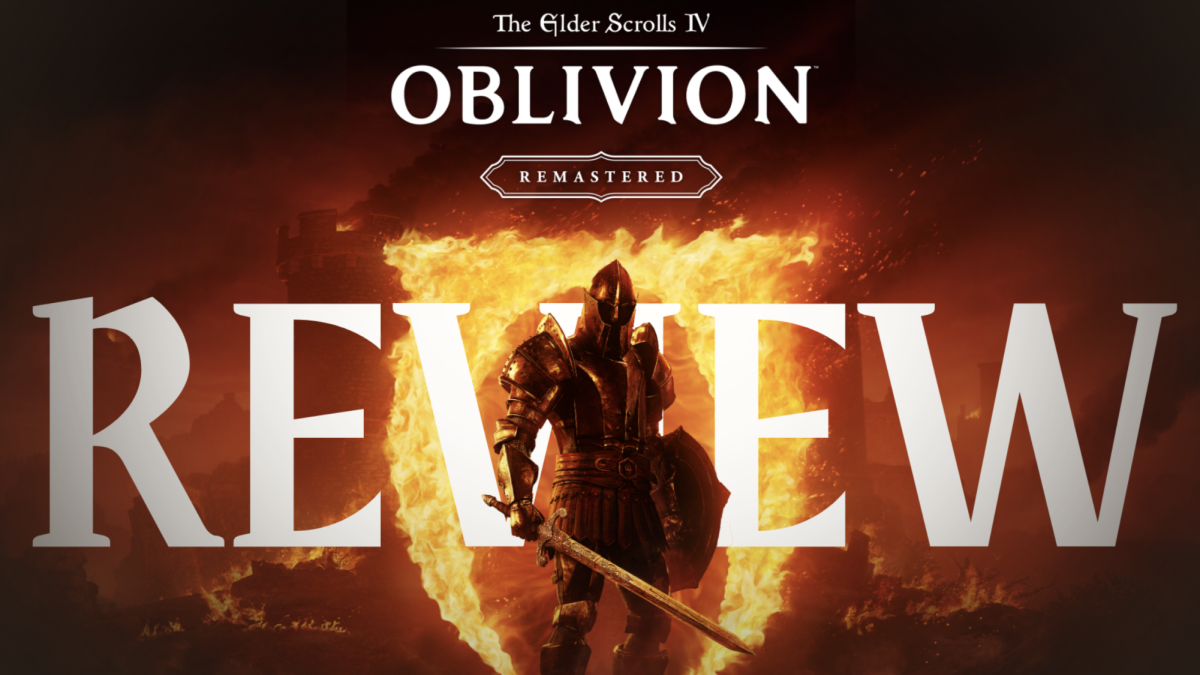CSUS was warned about road
February 20, 2002
Less than three hours before a professor was struck by a car while crossing the street near the bookstore, campus employees warned university transportation officials that pedestrians may be at risk for that exact type of accident.
In an e-mail sent to the members and staff of the Transportation Advisory Committee on Feb. 7 at approximately 3 o?clock in the afternoon, Emily Chu of the CSUS Foundation expressed a direct request for the placement of a stop sign at the crosswalk between the Faculty/Staff Parking Lot 2 and the Bookstore Building.
Less than three hours later, physics and astronomy professor, William Thornburg, was struck by a car and thrown 25 feet at the same crosswalk.
In her e-mail to Suzanne Bracamonte, assistant to the Manager of University Transportation and Parking Services, Chu requested a stop sign at this crosswalk because she felt it was dangerous.
“Traffic from both directions doesn?t stop for you when you are trying to cross or even in the middle of crossing. The situation is even worse during the beginning of the semester, cars are back-logged in the parking lot while cars are trying to make turns and get out of the lot,” Chu said. “A stop sign or even traffic light is way overdue.”
Such complaints are nothing new. Rita Cancilla, who works at the Foundation office above the Hornet Bookstore complained earlier to Manager of UTAPS, Nancy Fox. She said that almost everyone who works in the office is concerned for their safety and the safety of others while crossing the street.
“You work here five days a week, everyday you cross the street twice, and everyday you wonder if the car is going to stop, or if this will be the day,” Cancilla said in a Hornet interview.
Fox responded Feb. 4 in an e-mail, saying that a motion made to hire a consultant to review the roadway at TAC?s Jan. 22 meeting failed.
“A CSUS Public Safety traffic survey of the area presented to the TAC at the Dec. 14 meeting showed that since the completion of the perimeter road, the number of accidents reported has been reduced,” Fox said.
The traffic survey also illustrated that a previous stop sign and turning circle in the area were ineffective, so therefore, ?there is no further action being taken at this time,” Fox said.
That did not sit well with Jenette Keller-Jolie who works in Business Services for the CSUS Foundation.
On Feb. 8, the day after the accident, she wrote, “Well the inevitable happened last night. A pedestrian was hit trying to cross the street by the bookstore.”
She said that the combination of an increase in enrollment and the building of a parking structure will only make matters worse.
“I can only foresee more accidents,” Keller-Jolie said.
Fox said she was aware of the complaints and safety concerns and said that TAC presently does not have specific plans for the roadway.
“What the TAC is trying to explore is what the other options are,” Fox said. “They are trying not to be quick to just install stop signs everywhere. They are trying to figure out what the real issue is.”Fox said that if the issue is not presented at TAC?s Friday meeting, she will bring it up.
John Hamrick, Campus Police spokesman, said that since the accident, police patrols have stepped up and are paying closer attention to crosswalk violations. Police declined to release details of the accident, the driver has not yet been cited.
The State Hornet clocked 62 vehicles that drove past the bookstore on State University Drive East Friday between 8:30 and 9:30 a.m. The speeds of the vehicles ranged from 15 to 41 mph. The average speed was 32 mph. The speed limit is 25 mph.By Monday, Sac State police were monitoring the stretch of road near the bookstore for speeders.
Concerns about the safety of pedestrians on campus are not anything new. When the perimeter road opened in 1998, journalism professor Michael Fitzgerald wrote an editorial in the State Hornet about similar safety concerns.
“Pedestrians have to step lively to avoid drivers who missed the chapter in driver?s training about who has the right of way,” Fitzgerald said in the editorial.
He said he didn?t feel that the millions of dollars spent on the road amounted to very much, especially when police enforcement of speed limits was not increased.




























































































































